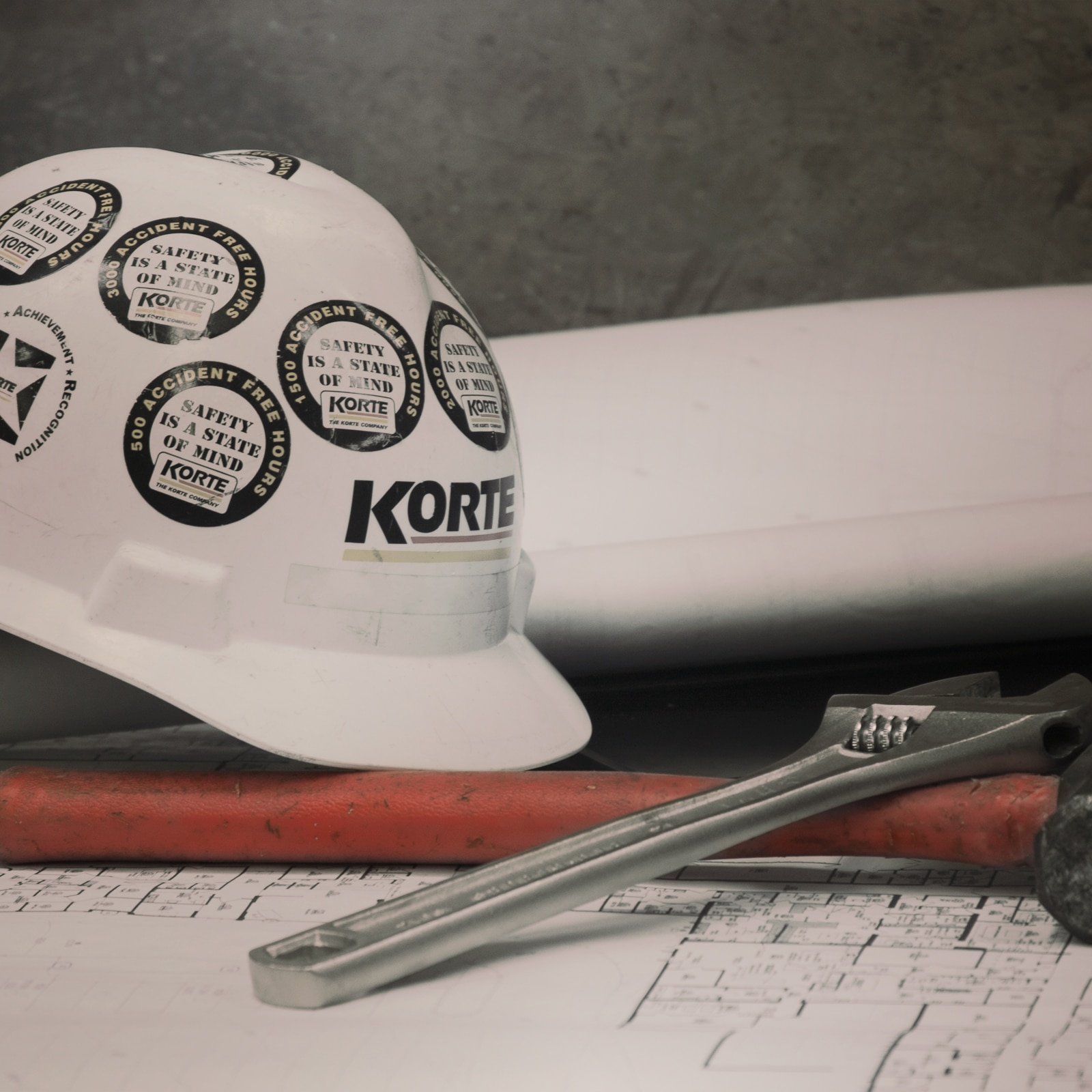It’s April 1959 in Hillsboro, Illinois. The world is starting to look green again. And there’s this guy banging away at the roof trusses of what will be a milking parlor.
These aren’t rocket science. But there’s always a way to build them better. It’s why Ralph Korte took his time to build the first truss. It was a template, its dimensions perfect, the prototype from which every truss of the structure would be made.
It’s what any good carpenter would do. You find the best way to do something and build on it. That’s the way Ralph worked from the day he went into business. Word got around and he’s earned a reputation. He does good work.
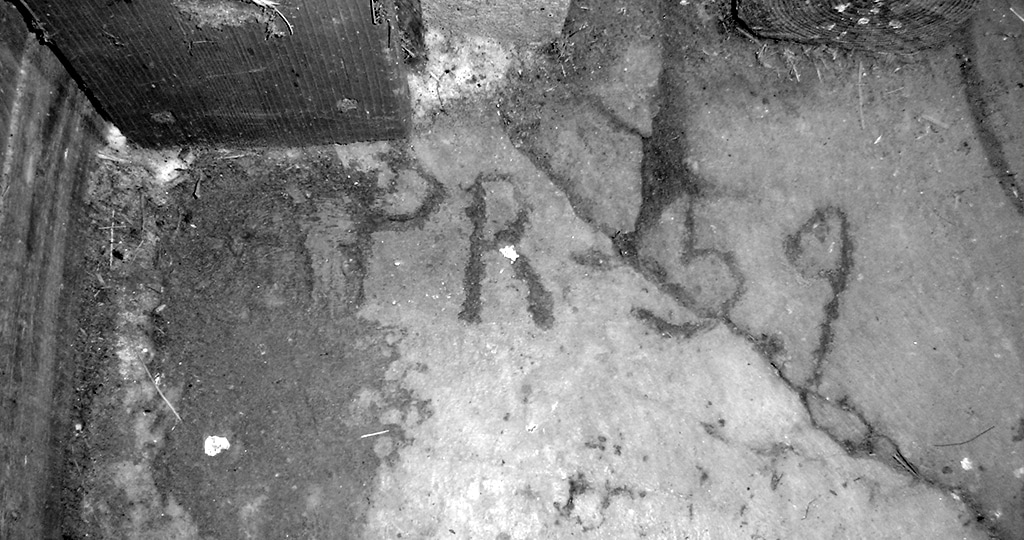
That’s how he got here, on Ernie Trobaugh’s farm in Hillsboro, building a new 40-by-60-foot milking parlor. It was Ralph’s first “big” job.
He’d always tried to find the better way. Thanks to that template, he and his guys would finish work faster and keep the cost of building a little lower. They had started Ernie’s parlor on a Monday morning. It was done by Saturday night. It cost $2,530.00.
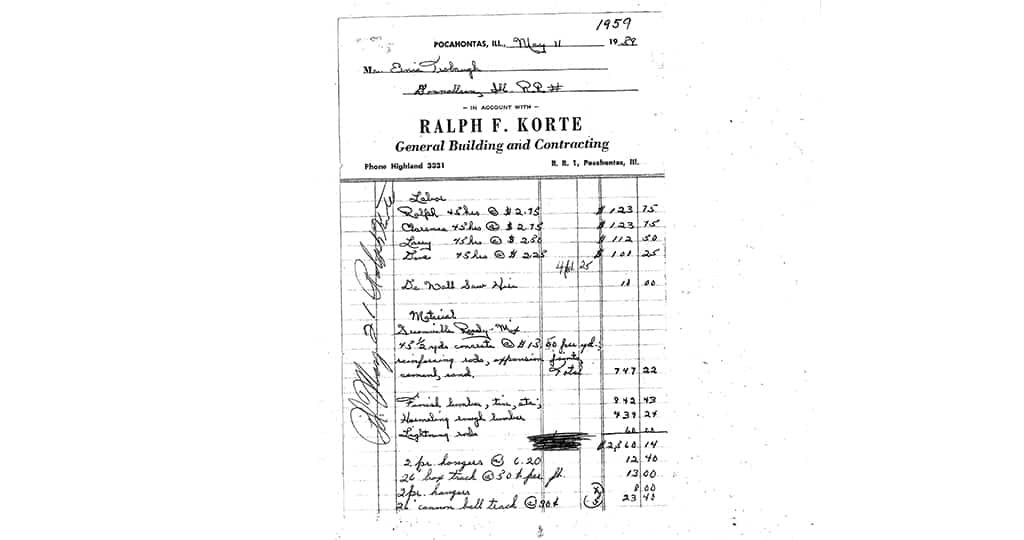
A culture of innovation
“Innovation” in the old days was not the buzzword it is today. But “innovate” is exactly what Ralph did with that template in Hillsboro. It’s something that the company bearing his name still does as tirelessly today as Ralph did back then.
We believe it can come from anywhere. It’s why we have an “Innovation Committee,” a mixed bag of job titles including project managers, architects, quality control managers and IT pros.
The Committee’s meetings are an open forum. Members are encouraged to share what’s going right and what isn’t. If they need new tools or to tweak a process, they suggest it. They’re free to speak their minds in the pursuit of finding a better way.
There’s always a better way. And no one has a monopoly on that. We brag about our “open-door” management policy that empowers employees to question the systems and frameworks under which they operate.
But really, if innovation is something we value, that policy is less a feather in our cap and more a prerequisite. You can’t have one without the other.
Apps are just jigs for nerds
Construction is a lot more complicated today than it was over 62 years ago when our company was founded.
Strict codes and statutes, a chronic labor shortage, a supply chain gone topsy-turvy in the face of a global pandemic, and all of it dwarfed by the ever-growing mountain of zeroes and ones, the raw data we rely on to ensure we come in on time and on budget on every project.
That last part, the data, is arguably the most critical to us. We’ve known of its importance for close to 40 years, going all-in on desktop computing in our offices in 1983. Since then, we’ve made good use of every digital advancement available in the industry. After all, if we hadn’t, we’d have failed.
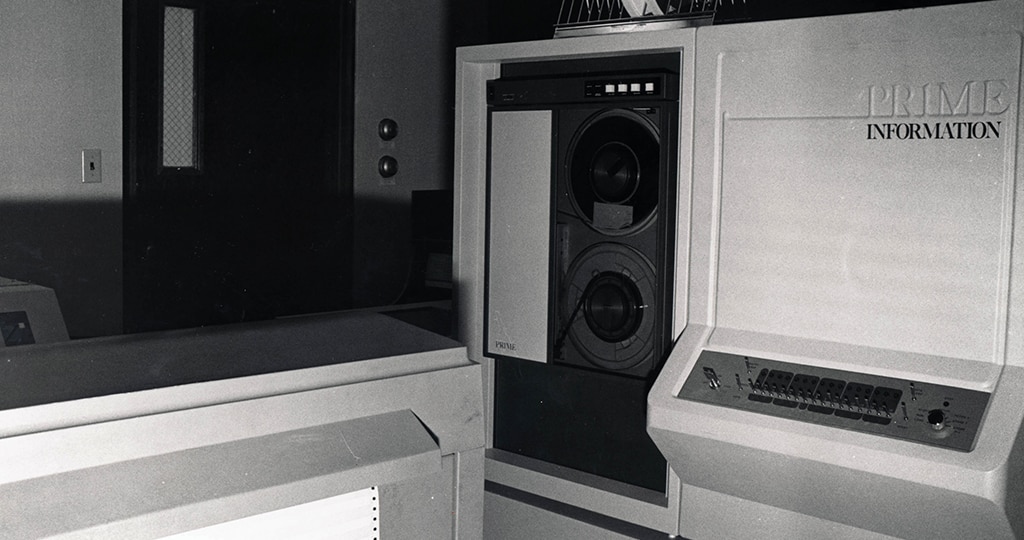
So where Ralph Korte searched for ways to add more certainty, precision and speed to building milking parlors our teams do the same today by collecting, storing and synthesizing information on a host of programs familiar to most in the industry:
- Procore is a cloud-based construction project management suite, the nervous system of every project
- Primavera P6 is used to schedule construction projects—this gets complicated, and the G-Suite calendar simply won’t do
- Revit harnesses the power of (BIM) to allow architects to create drawings and models
- Bluebeam Revu is like a PDF viewer on steroids, allowing users to add markups and quantity takeoffs to drawings and models (our Construction Technology Manager says “it’s like if AutoCAD and Adobe Creative Suite had a child”)
- HoloBuilder is a 360-degree photo viewer that integrates with floorplans, an essential aspect of our work in the COVID era
Other familiar programs, like the Microsoft Office suite and Zoom, are also integral to our work. The Korte Company even created its own tools collectively called “the Intranet,” a network for managing contracts, timesheets and receipts.
But merely having 21st century capabilities isn’t enough. It’s critical that we understand how these programs can work together to allow our teams to share information effectively and make the most informed decisions.
That’s the job of Alex Ayres, our Construction Technology Manager. That’s one of those “new” job titles. From up on the roof of the milking parlor, Ralph would hear it and reply, “he does what?”

But far from being a tech geek barricaded in the corner of a server room, Alex has a background in architecture and construction management. Before he stepped into the role he helped create, he was a Project Manager. That experience has been instrumental. He describes his role as researching, vetting and implementing tools to be used across The Korte Company’s teams. Once he understands how chosen tools work, he uses his project experience to make their functionality meaningful for the people who must use them.
In short, his job is to “simplify the day.”
Alex’s role isn’t unique among builders. And the tools he’s responsible for integrating are the same ones most of the industry uses every day.
However, we like to think our teams understand things a little differently.
Yes, these tools aid in information sharing. Yes, they speed up the construction process. Yes, they allow for more precision in estimating and scheduling. Yes, they bring hidden metrics to the surface that we can use to identify cost and time savings for customers.
But we also see them for the metaphor they are.
They’re a lot like Ralph’s template. They’re the result of our endless search for a better way to build.
Innovation in a worldwide crisis
The onset of the COVID-19 pandemic early this year has put everyone to the test.
We’re fortunate to have had systems in place to allow for a seamless transition to remote work for our office staff. And our on-site crews are doing a commendable job looking out for one another, our customers and our subcontractors and vendors.
But work still must get done. Many of our projects in progress have been deemed essential. This is especially true of our ongoing Department of Defense work. You can’t press pause on the military’s mission.
So what do we do? How do we continue delivering on our promises in the face of a world-changing event?
We see challenges like these as opportunities to innovate. That means our teams are finding new ways to use the tools at our disposal to maintain transparency with customers and preserve communication channels.
For example, with travel curtailed and on-site visits often out of the question, our teams have made great use of HoloBuilder. By taking 360-degree photos and then tying that information to floor plans, we can give project stakeholders real time progress reports no matter where they are.
Accountability is alive and well. It just looks different these days.
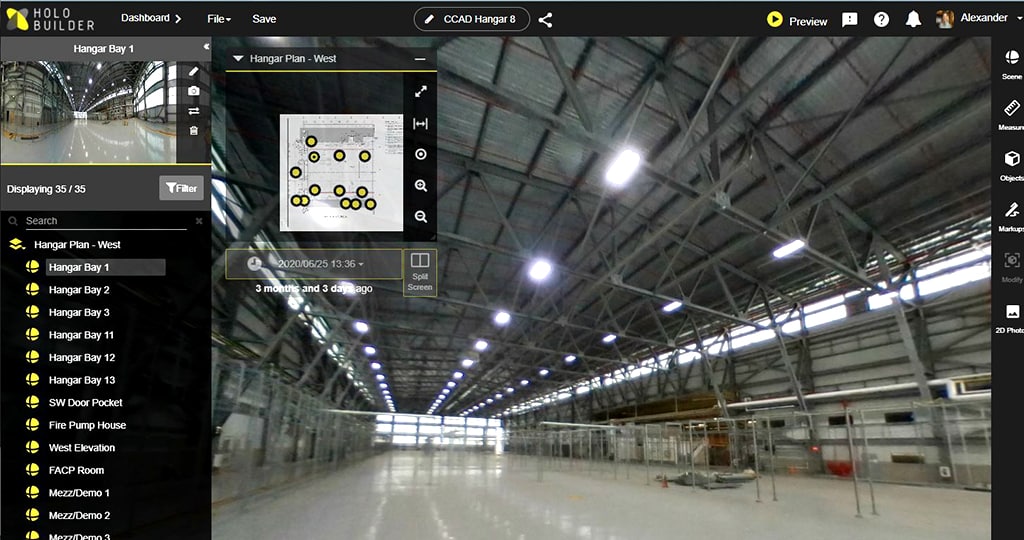
We are what we value
Times have changed. So has construction. The complexity of today’s projects—and that of the tools our teams rely on—are mind boggling.
But in that complexity resides a stunning simplicity. We push boundaries and experiment with new tools and think as hard as we work because one day, in April 1959, Ralph Korte brought a truss template to Ernie Trobaugh’s farm.
You find the best way to do something and build on it. It’s what any good carpenter would do.
